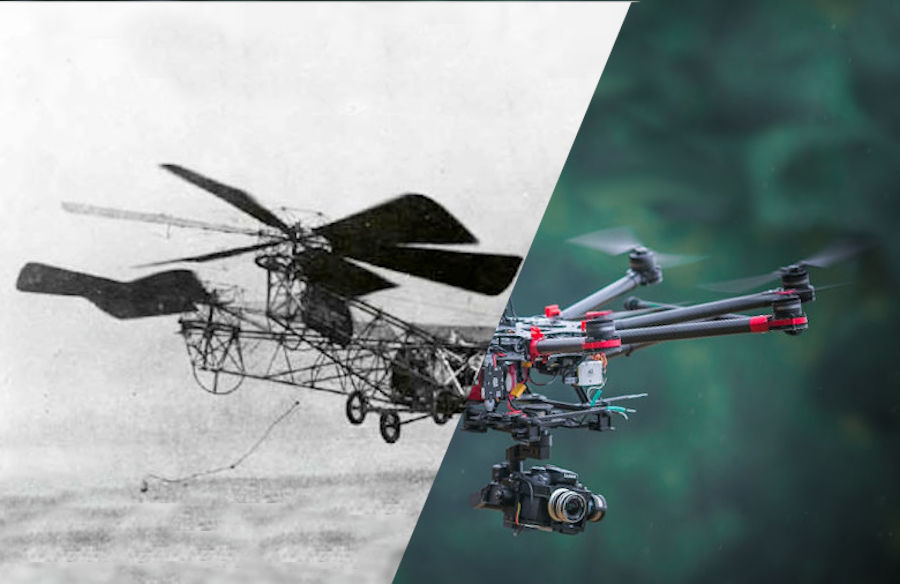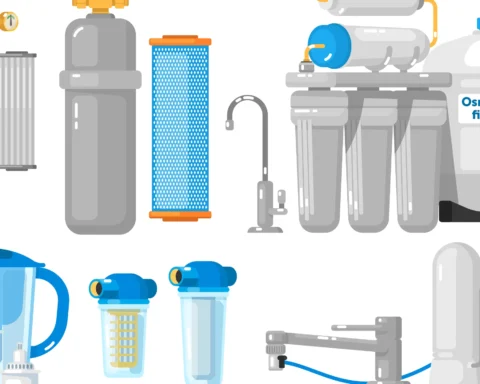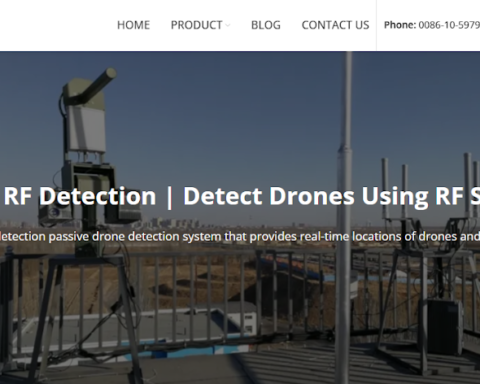In the span of just a few decades, drones have transformed from simple hobbyist gadgets to sophisticated high-tech tools revolutionizing numerous industries. Originally conceived for recreational use, their evolution has been marked by groundbreaking technological advancements, expanding their capabilities far beyond initial expectations. This article delves into the journey of drone technology, tracing its development from early days of hobbyist experimentation to its current status as a pivotal player in fields as diverse as agriculture, cinematography, and emergency response.
Early Days: Hobbyist Beginnings
Drones, initially known as unmanned aerial vehicles (UAVs), found their roots among hobbyists and enthusiasts intrigued by the possibilities of remote-controlled flight. In the early years, these drones were often DIY projects, assembled with basic components and flown for recreational purposes. Early models lacked the sophisticated features we now take for granted, such as GPS navigation and stabilized cameras, relying instead on manual controls and rudimentary stabilization systems.
Advances in Design and Materials
The evolution of drone technology accelerated with advancements in design and materials. Manufacturers began incorporating lightweight yet durable materials like carbon fiber and aluminum, improving flight stability and extending battery life. These improvements not only made drones more reliable but also expanded their range of applications beyond mere entertainment.
Integration of Advanced Sensors
One of the pivotal advancements in drone technology came with the integration of advanced sensors. GPS systems, gyroscopes, accelerometers, and magnetometers transformed drones into more than just remote-controlled toys. These sensors enabled precise navigation, autonomous flight capabilities, and the ability to maintain stable flight even in challenging environmental conditions. As a result, drones became valuable tools for tasks ranging from aerial photography and surveying to search and rescue operations.
Rise of Commercial Applications
The transition from hobbyist toy to commercial tool marked a significant turning point for drone technology. Aerial photography and videography were among the first industries to capitalize on drones, leveraging their ability to capture stunning aerial shots at a fraction of the cost and effort required by traditional methods. As drones proved their worth in these fields, their adoption spread to other industries such as agriculture, where they are used for crop monitoring and precision spraying, and to public safety sectors for surveillance and disaster response.
Regulatory Challenges and Solutions
With the rapid proliferation of drones in both recreational and commercial spheres came regulatory challenges. Governments worldwide grappled with how to safely integrate drones into airspace while addressing privacy concerns and ensuring public safety. Regulations governing drone operations, such as altitude limits, registration requirements, and no-fly zones near airports, were established to mitigate risks and promote responsible drone use. These regulations continue to evolve as technology advances and drone capabilities expand.
Technological Milestones
Throughout their evolution, drones have achieved several technological milestones that have reshaped their capabilities and utility. The introduction of obstacle avoidance systems, for example, enhanced safety during autonomous flights by detecting and avoiding potential collisions. Advances in battery technology have significantly extended flight times, allowing drones to operate for longer durations without needing to recharge. The integration of high-resolution cameras, thermal imaging sensors, and even lidar systems has further diversified their applications across various industries.
Future Trends and Innovations
Looking ahead, the future of drone technology appears poised for even greater innovation. Emerging trends such as artificial intelligence (AI) and machine learning promise to enhance drone autonomy and decision-making capabilities. Swarming technology, which enables multiple drones to collaborate and perform tasks in synchrony, holds potential for applications in logistics, surveillance, and disaster response. Beyond line-of-sight operations and the integration of 5G connectivity are also on the horizon, paving the way for more expansive and efficient drone missions.
Ethical and Privacy Considerations
As drones become more prevalent, ethical considerations surrounding their use have come to the forefront. Issues such as invasion of privacy, data security, and the ethical implications of autonomous drones are subjects of ongoing debate. Measures to address these concerns include strict adherence to privacy laws, encryption of data collected by drones, and public education campaigns to promote responsible drone use among operators and the general public alike.
Conclusion
The evolution of drone technology from its humble beginnings as a hobbyist’s pastime to its current status as a transformative high-tech industry exemplifies the power of innovation and human ingenuity. With each technological leap forward, drones have expanded their capabilities, redefining what is possible in fields as diverse as agriculture, filmmaking, and disaster response. As we look to the future, the continued advancement of drone technology promises to unlock even greater potential, shaping industries and improving lives in ways that were once unimaginable.
Keep an eye for more news & updates on EssentialTribune.Com!








